Subscribe our newsletter
Please Subscribe our news letter and get update.



DESCRIPTION
Diagnosing animal diseases serves as a bridge between identifying the cause and providing a cure for the disease. Throughout the years, veterinary diagnostics laboratories have adopted advanced molecular diagnostic methods such as, PCR and western blot, which have allowed veterinarians for quick and precise detection of animal illness in real-time. In the recent past there has been a significant increase in the domestication of animals resulting to the increased exchange of viral or bacterial species with humans. This trend has increased the awareness and requirement for the wellness of livestock as well as companion animals. Furthermore, the recent rise in point-of-care diagnostics and preventive care are fueling the growth of veterinary diagnostics industry.
Wissen Research analyses that the global veterinary diagnostics market is estimated at approximately USD 3.5 billion in 2023 and is projected to reach USD 5.4 billion by 2030, expected to grow at a CAGR of ~7.5% during the forecast period, 2024-2030.
Veterinary Diagnostics Market Dynamics:
Driving Factor: Increasing Pet Ownership and Technological Advances
The rising number of pet owners is creating a higher demand for veterinary services and diagnostics. Further, the advances in molecular diagnostics and personalized treatments are expanding the diagnostics capabilities and improving accuracy. Additionally, the growing incidence of zoonotic disease will boost the demand for early diagnosis, therefore, will drive the growth of overall veterinary diagnostics market.
Opportunity: Digital Health Solution’s Integration and Expansion into Developing Markets
The integration of digital health platforms and telemedicine can enhance remote diagnostics and monitoring by increasing the communication between animal owners and veterinarians, thus will increase market reach and accessibility. Further, increasing livestock farming and pet ownership in emerging region such as, Asia-Pacific provides significant growth opportunities for veterinary diagnostics solution providers.
Challenge: Expensive Raw Materials and Decreasing Number of Experienced Veterinarians
Rising prices of raw materials will pose threats in the value chain. Further, the shortage of raw materials will greatly inhibit the testing capabilities, globally. It is worth mentioning that shortage of skilled veterinary professionals and staff in the developing countries can pose serious challenges for the veterinary diagnostics market.
The veterinary diagnostics market report offers information on the latest advancements in the industry, as well as service portfolio analysis, supply chain/value chain analysis, market share, and the effects of localized and domestic players. It also analyzes potential revenue opportunities and changes in market regulations, as well as market size, category market growth, application dominance, product approvals, service launches, geographic expansions, and technological innovations. For an Analyst Brief and other information on the veterinary automation market, get in touch with Wissen Research. Our research team can assist you in making well-informed decisions that will lead to market expansion.

Reagents captured majority share of veterinary diagnostics market by product type
Reagents, instruments and software are the key segments based on type of products offered within veterinary diagnostics market. In 2024, the reagents segment captures the largest share out of all these product types. This can be attributed to the increasing R&D efforts and costs by leading players for developing new veterinary reagents. Also, the push to invest in the field of faster detection / diagnosis of deadly diseases such as, cancer, is driving developers forward.
Infectious diseases segment holds the largest share of veterinary diagnostics market by application
Categorized by application, the veterinary diagnostics market is segmented into infectious diseases, cardiology, oncology, and other diseases. The infectious diseases segment held the largest share in 2024. This can be attributed to the increasing bacterial infections among the animals in the recent years.
North America to dominate the veterinary diagnostics market and Asia Pacific to record highest growth rate.
In 2024, North America is expected to hold the largest portion of total veterinary diagnostics market and this trend is likely to remain the same in the coming decade. Key elements supporting this trend in the region include rising pet ownership, favorable reimbursement policies, and established veterinary infrastructure, all of which are anticipated to fuel growth in North America.
Asia Pacific is expected to experience the highest growth among all region during the forecast period owing to increasing economic stability, disposable income, and increasing export of dairy products.
Major Companies and Market Share Insights
Major players operating in laboratory automation market are Thermo Fisher Scientific, Inc., IDEXX Laboratories, Inc., Heska Corporation, Zoetis, Inc., bioMérieux SA, Fujifilm Holdings Corporation, INDICAL Bioscience GmbH, Virbac Corporation, among others.
Recent Developments:
Mars, Inc. acquired Heska Corporation under former company’s Petcare Science and Diagnostics division. (June 2023)
Introduction
Market Definition
Veterinary diagnostics are the testing solutions or examinations focused on biological samples and are widely used to determine the health condition of animals. Veterinary Diagnostics faster diagnosis, quick decision-making and treatment planning, reduces hospital visits, and allows for more personalized treatment plans.

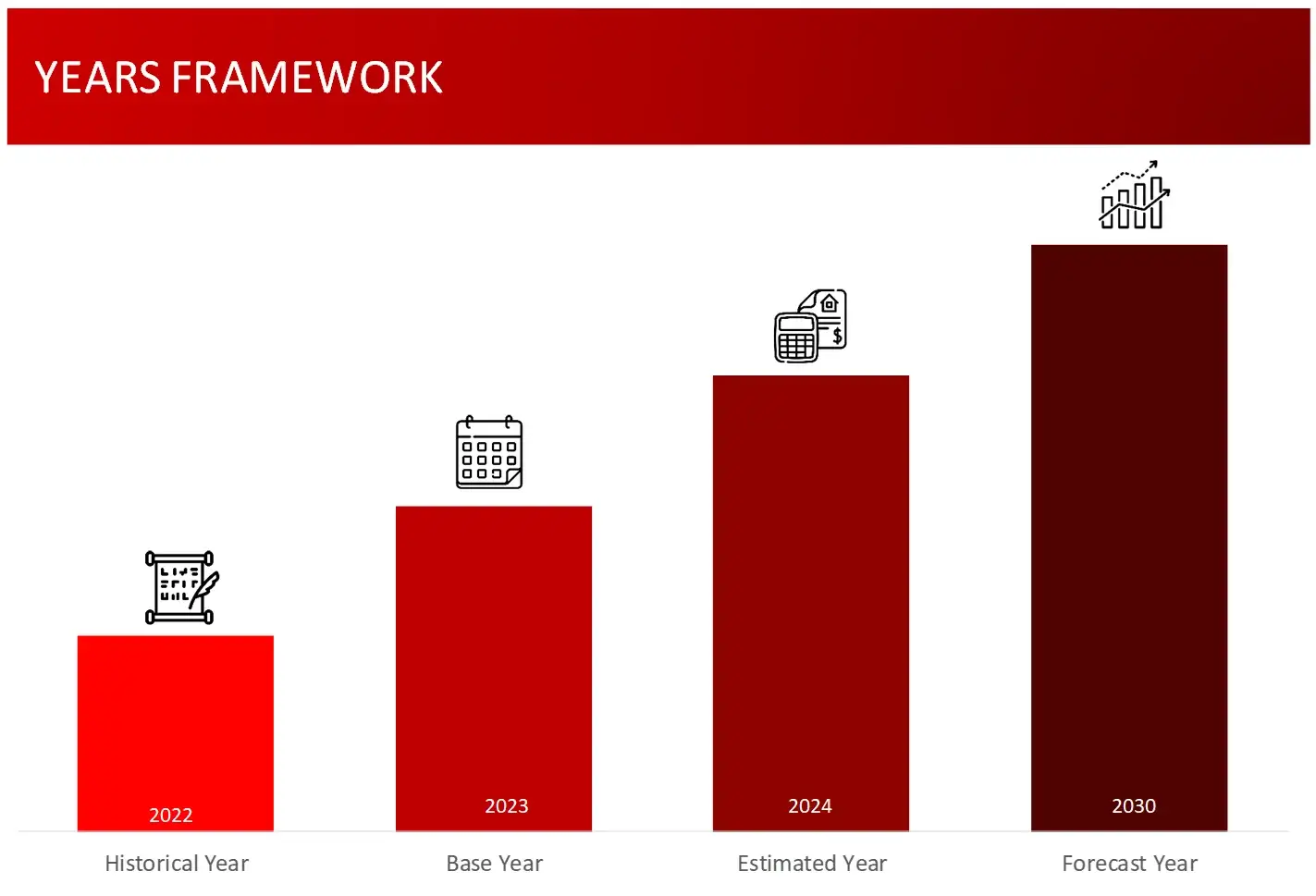
Sources: Wissen Research Analysis.
Key Stakeholders
Key objectives of the Study
Research Methodology
The aim of the study is to examine the key market forces such as drivers, opportunities, restraints, challenges, and strategies of key leaders. To monitor company advancements such as patents granted, product launches, expansions, and collaborations of key players, analyzing their competitive landscape based on various parameters of business and product strategy. Market sizing will be estimated using top-down and bottom-up approaches. Using market breakdown and data triangulation techniques, market sizing of segments and sub-segments will be estimated.
FIGURE: RESEARCH DESIGN

Research Approach
Collecting Secondary Data
The process of collating secondary research data involves the utilization of databases, secondary sources, annual reports, investor presentations, directories, and SEC filings of companies. Secondary research will be utilized to identify and gather information beneficial for the in-depth, technical, market-oriented, and commercial analysis of the veterinary diagnostics market. A database of the key industry leaders will also be compiled using secondary research.
Collecting Primary Data
The primary research data will be conducted after acquiring knowledge about the veterinary diagnostics market scenario through secondary research. A significant number of primary interviews will be conducted with stakeholders from both the demand and supply side (including various industry experts, such as Vice Presidents (VPs), Chief X Officers (CXOs), Directors from business development, marketing and product development teams, product manufacturers) across major countries of Asia-Pacific, Europe, North America, Middle East and Africa, and Latin America. Primary data for this report will be collected through questionnaires, emails, and telephonic interviews.
FIGURE: BREAKDOWN OF PRIMARY INTERVIEWS FROM SUPPLY SIDE
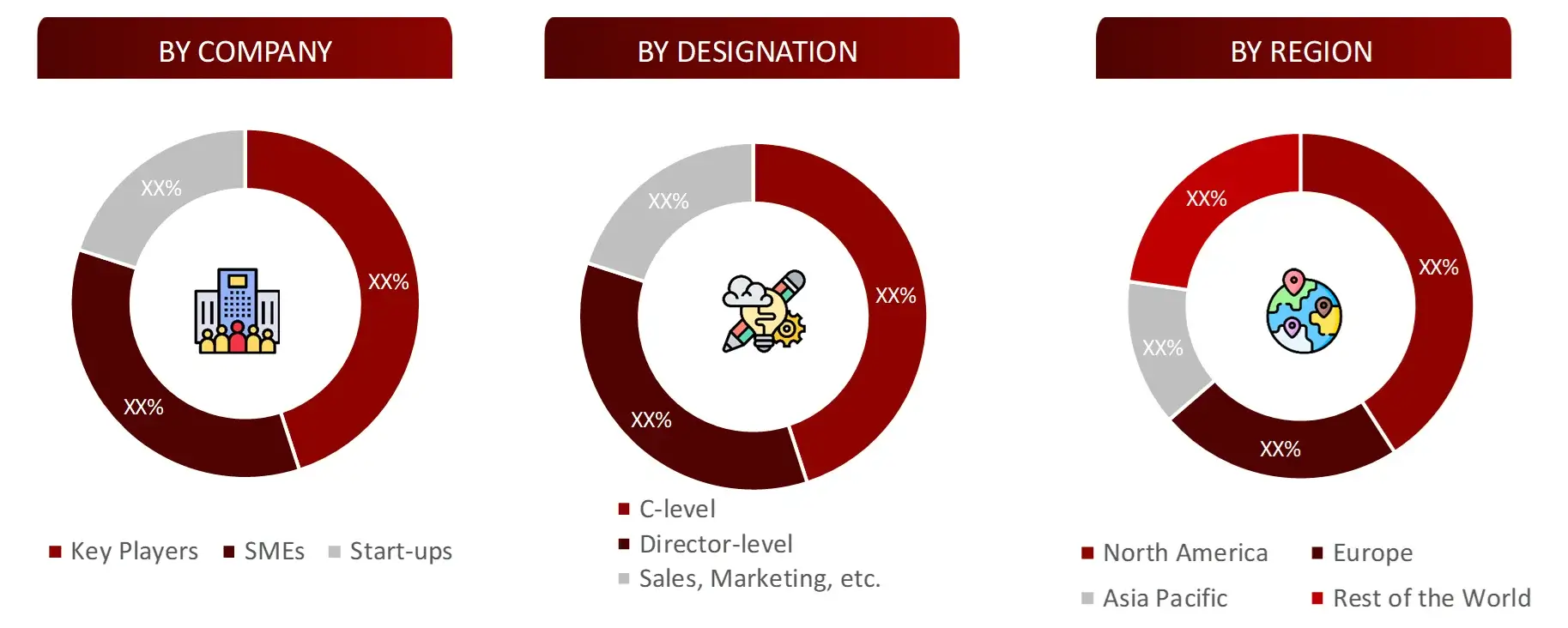
FIGURE: BREAKDOWN OF PRIMARY INTERVIEWS FROM DEMAND SIDE

FIGURE: PROPOSED PRIMARY PARTICIPANTS FROM DEMAND AND SUPPLY SIDE
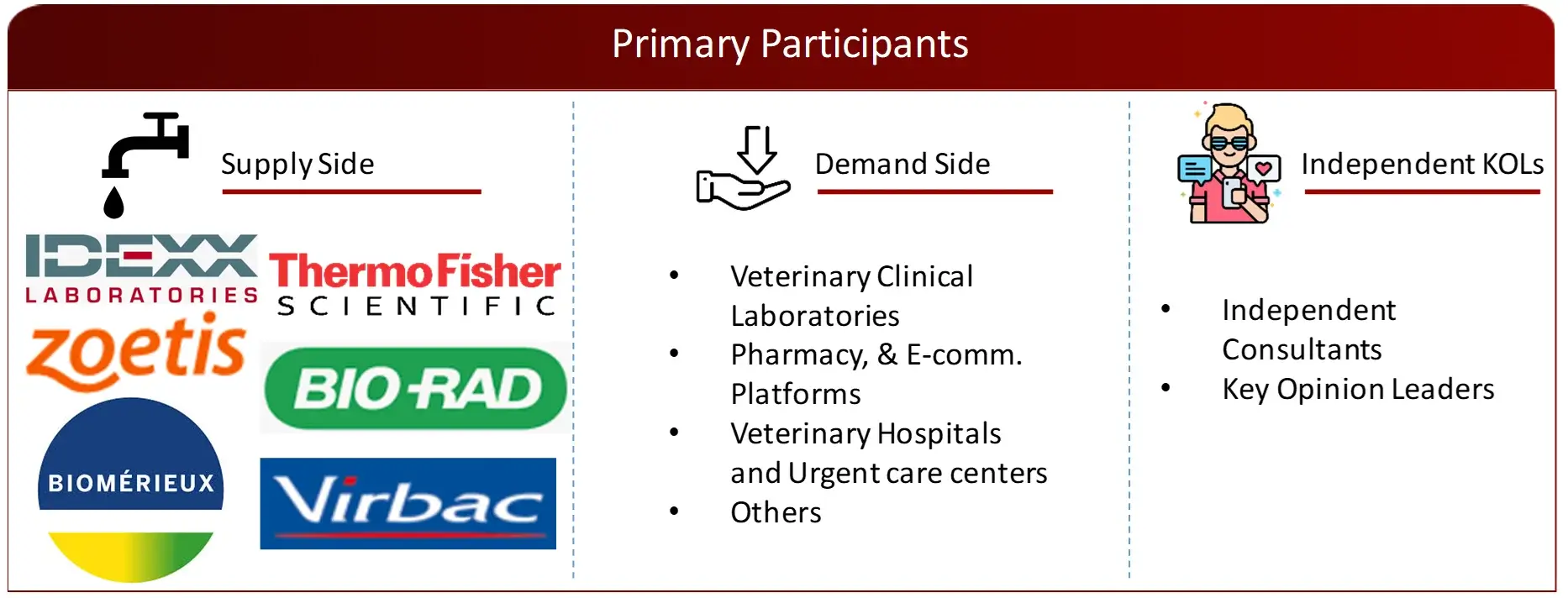
Market Size Estimation
All major manufacturers offering various veterinary diagnostics solutions will be identified at the global / regional level. Revenue mapping will be done for the major players, which will further be extrapolated to arrive at the global market value of each type of segment. The market value of veterinary diagnostics market will also split into various segments and sub segments at the region level based on:
FIGURE: REVENUE MAPPING BY COMPANY (ILLUSTRATION)
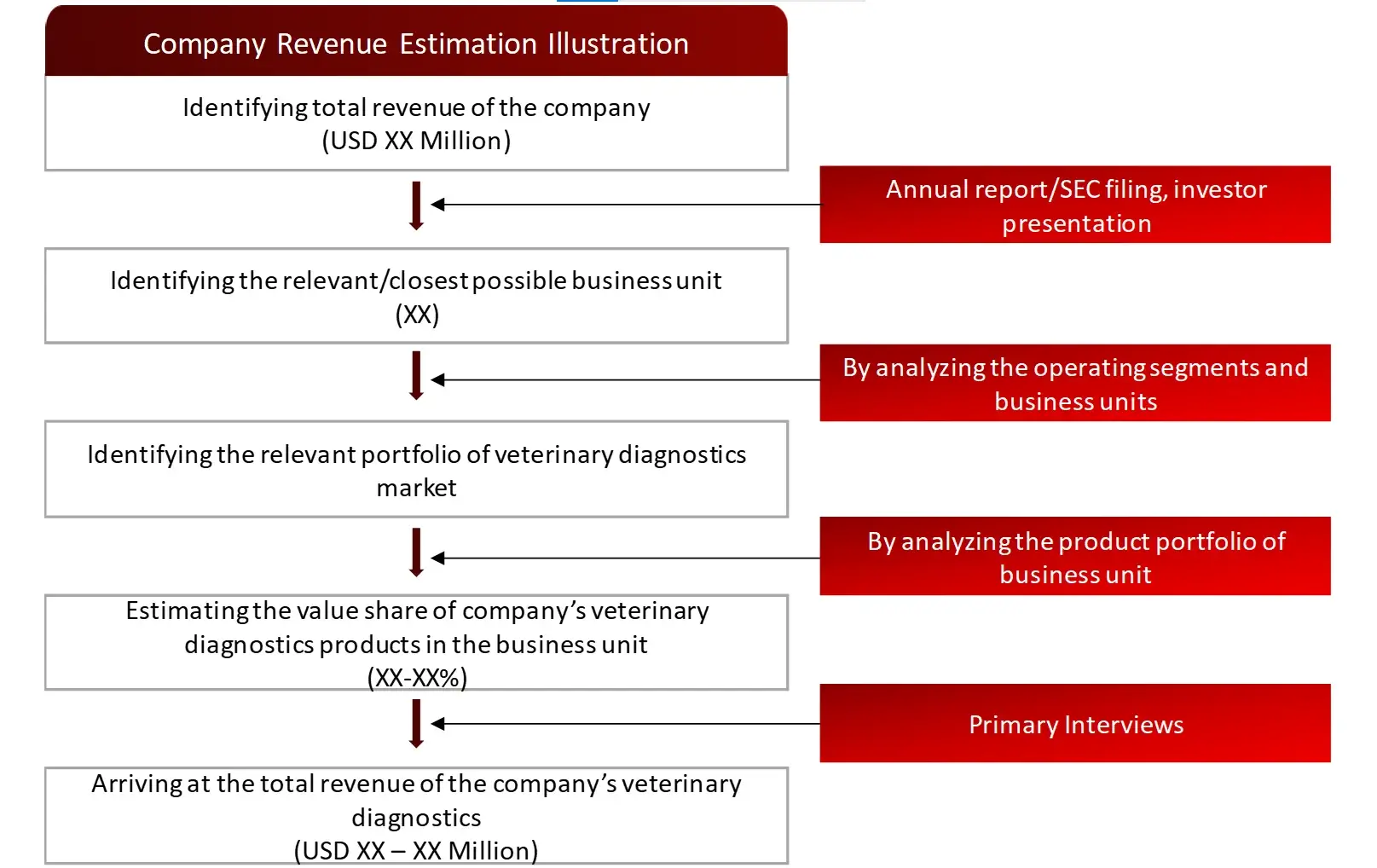
FIGURE: REVENUE SHARE ANALYSIS OF KEY PLAYERS (SUPPLY SIDE)
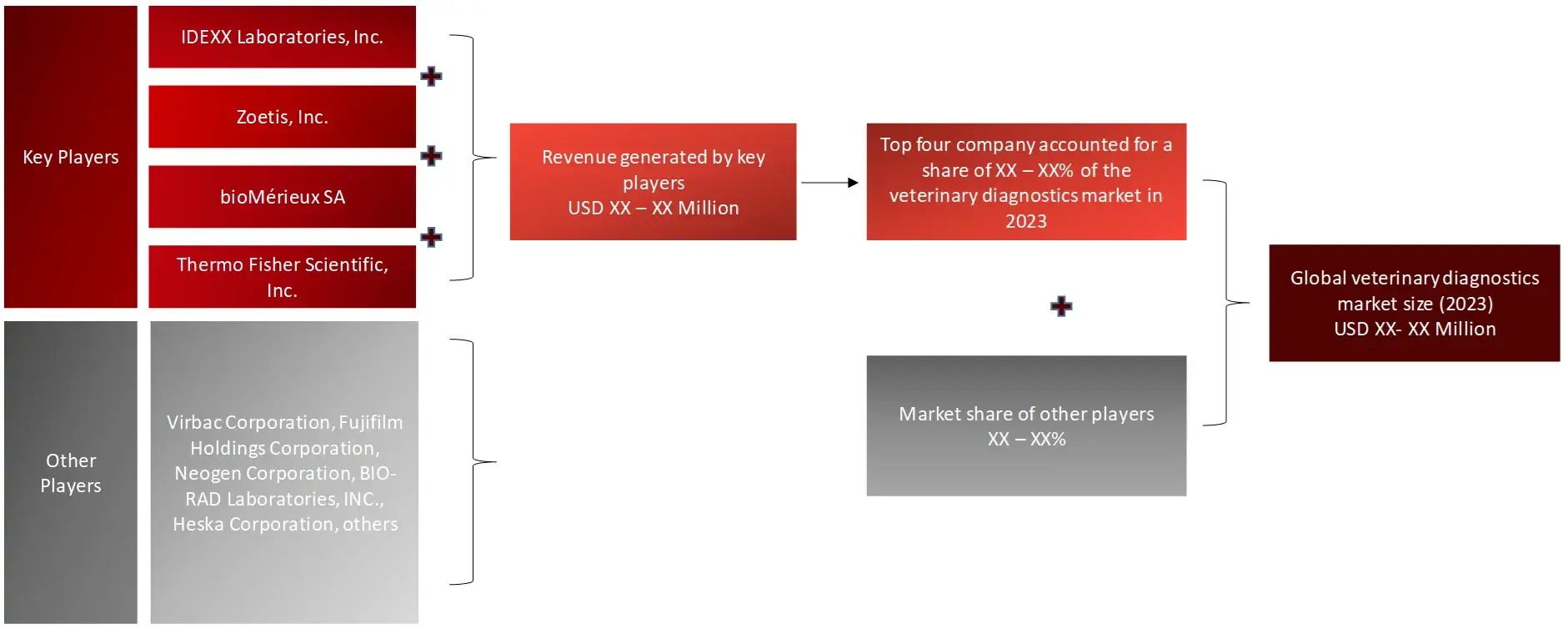
FIGURE: MARKET SIZE ESTIMATION TOP-DOWN AND BOTTOM-UP APPROACH
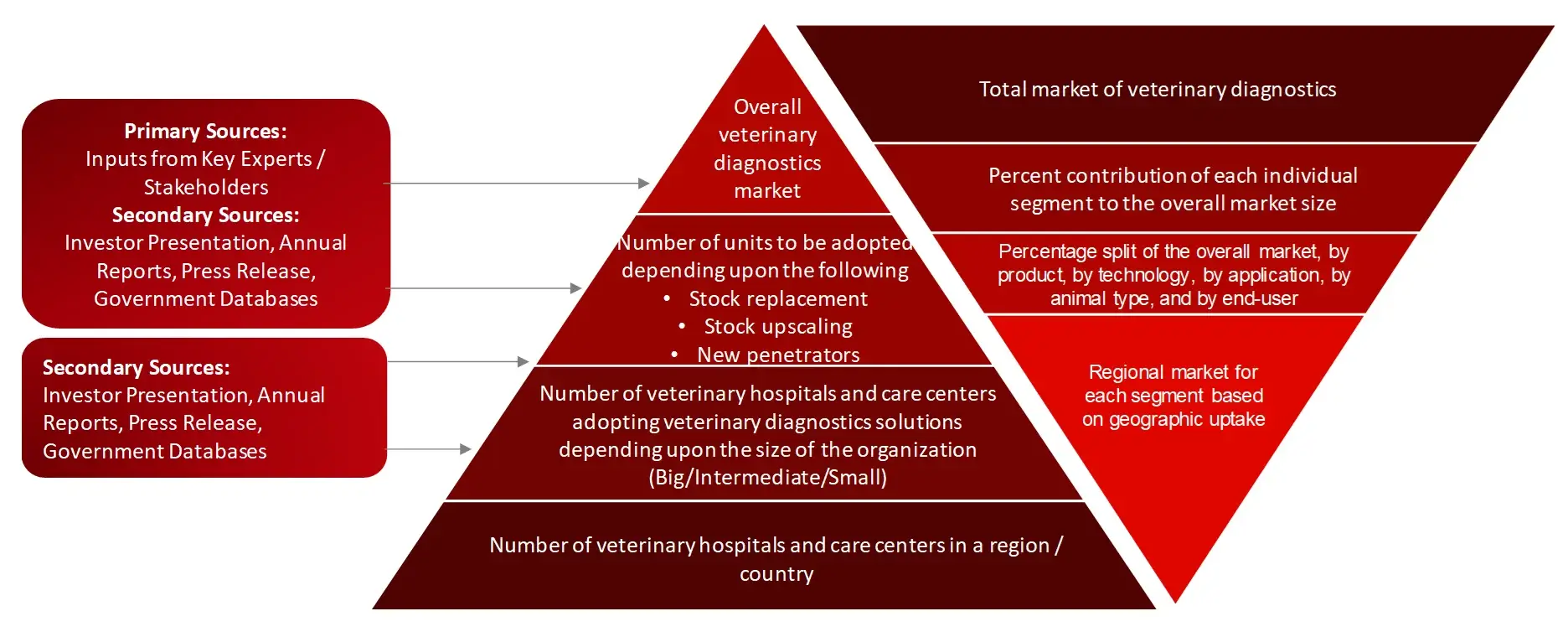
FIGURE: ANALYSIS OF DRIVERS, RESTRAINTS, OPPORTUNITIES, AND CHALLENGES FOR GROWTH FORECAST
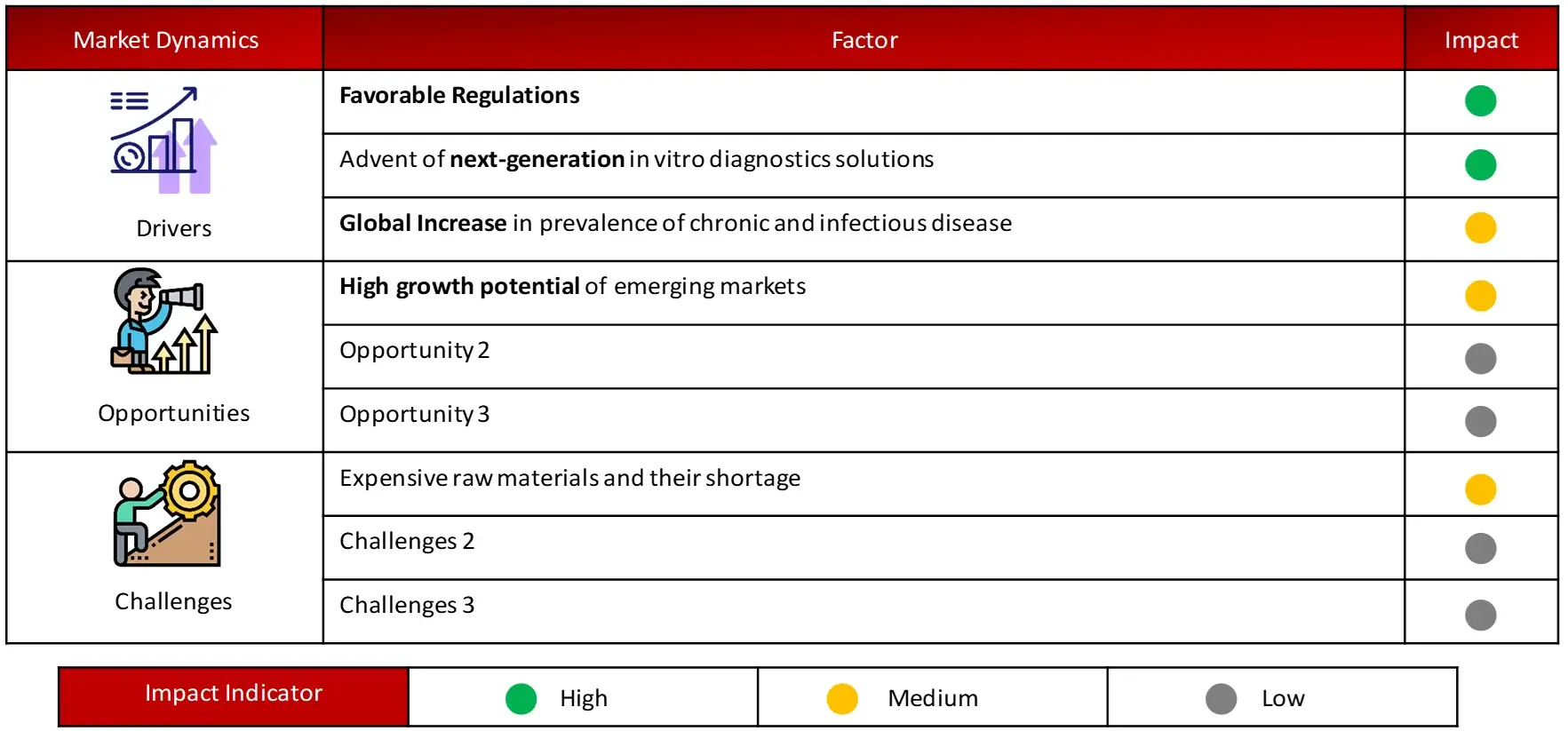
FIGURE: GROWTH FORECAST ANALYSIS UTILIZING MULTIPLE PARAMETERS
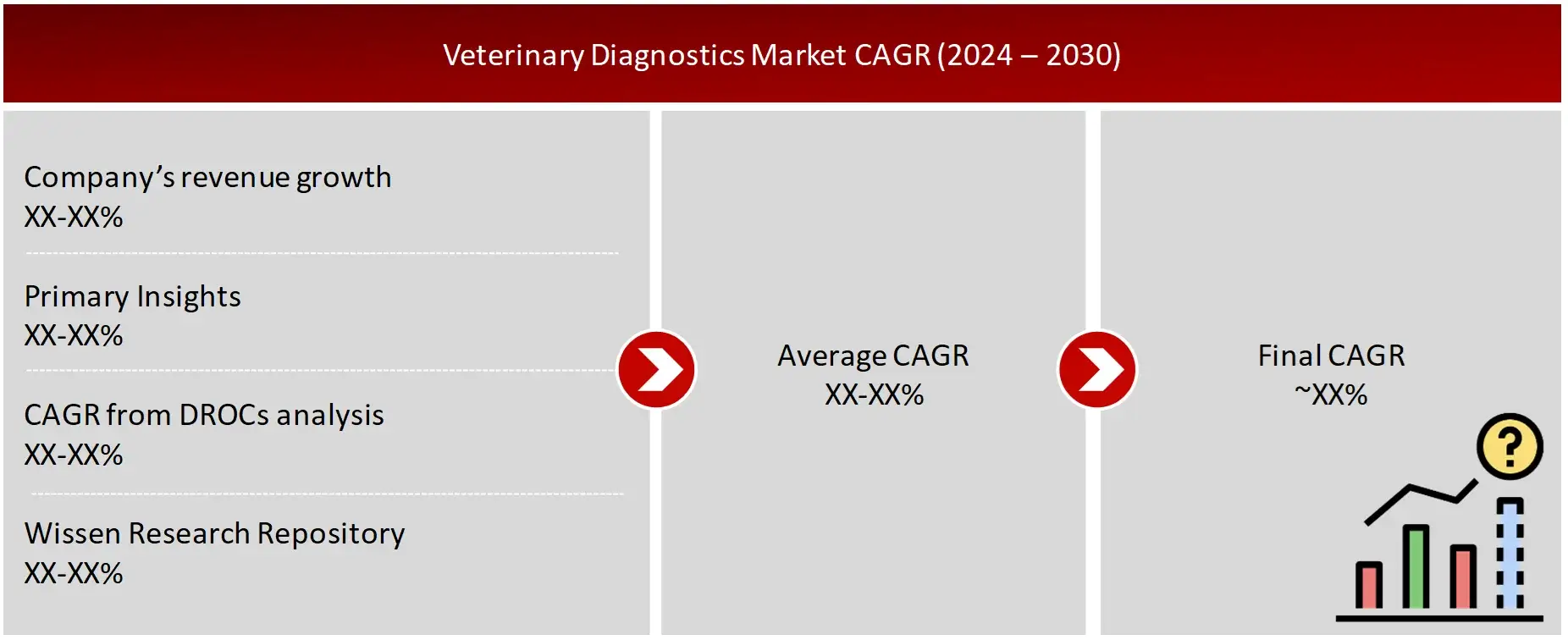
Research Design
After arriving at the overall market size-using the market size estimation processes-the market will be split into several segments and sub segment. To complete the overall market engineering process and arrive at the exact statistics of each market segment and sub segment, the data triangulation, and market breakdown procedures will be employed, wherever applicable. The data will be triangulated by studying various factors and trends from both the demand and supply sides in the veterinary diagnostics market.

1. Introduction
1.1 Key Objectives
1.2 Definitions
1.2.1 In Scope
1.2.2 Out of Scope
1.3 Scope of the Report
1.4 Scope Related Limitations
1.5 Key Stakeholders
2. Research Methodology
2.1 Research Approach
2.2 Research Methodology / Design
2.3 Market Sizing Approach
2.3.1 Secondary Research
2.3.2 Primary Research
3. Executive Summary & Premium Content
3.1 Global Market Outlook
3.2 Key Market Findings
4. Market Overview
4.1 Market Dynamics
4.1.1 Drivers/Opportunities
4.1.2 Restraints/Challenges
4.2 End User Perception
4.3 Need Gap
4.4 Supply Chain / Value Chain Analysis
4.5 Industry Trends
4.6 Porter’s Five Forces Analysis
5. Patent Analysis
5.1 Patents Related to Veterinary Diagnostics Technologies / Systems
5.2 Patent Landscape and Intellectual Property Trends
6. Global Veterinary Diagnostics Market, by Product Type (2023-2030, USD Million)
6.1 Instruments
6.2 Reagents
6.3 Software
7. Global Veterinary Diagnostics Market, by Test Type (2023-2030, USD Million)
7.1 Veterinary Diagnostic Laboratory Testing
7.2 Point-of-Care Testing
8. Global Veterinary Diagnostics Market, by Technology (2023-2030, USD Million)
8.1 Clinical Chemistry
8.1.1 Analyzers
8.1.2 Reagent Clips and Cartridges
8.1.3 Electrolyte
8.1.3.1 Analyzers
8.1.3.2 Reagent Clips and Cartridges
8.1.4 Glucose Monitoring
8.1.4.1 Glucose Monitor
8.1.4.2 Blood Glucose Strips
8.1.4.3 Others (Urine Strips etc)
8.2 Molecular Diagnostics
8.2.1PCR
8.2.2 Chips and Microarrays
8.2.3 DNA Sequencing
8.2.4 Others
8.3 Immunodiagnostics
8.3.1 ELISA
8.3.2 Antibody-specific Testing
8.3.3 Rapid Testing
8.3.4 Analyzers
8.3.5 Others (Radioimmunoassay etc.)
8.4 Hematology
8.5 Others (Urine Analysis)
9. Global Veterinary Diagnostics Market, by Animal Type (2023-2030, USD Million)
9.1 Farm Animals
9.1.1 Cattle
9.1.2 Poultry
9.1.3 Pigs
9.1.4 Other Farm Animals
9.2 Companion Animals
9.2.1 Cats
9.2.2 Dogs
9.2.3 Horses
9.2.4 Other Companion Animals
10. Global Veterinary Diagnostics Market, by Application (2023-2030, USD Million)
10.1 Infectious Diseases
10.1.1 Viral Infection
10.1.2 Bacterial Infection
10.1.3 Parasitic Infection
10.1.4 Other Infectious Diseases
10.2 Cardiology
10.3 Oncology
10.4 Others (Endocrinology etc.)
11. Global Veterinary Diagnostics Market, by End-User (2023-2030, USD Million)
11.1 Veterinary Diagnostic Laboratory
11.2 Veterinary Hospital and Clinics
11.3 Home Care
11.4 Others
12. Global Veterinary Diagnostics Market, by Region (2023-2030, USD Million)
12.1 North America
12.1.1 US
12.1.2 Canada
12.2 Europe
12.2.1 Germany
12.2.2 France
12.2.3 Spain
12.2.4 Italy
12.2.5 UK
12.2.6 Rest of the Europe
12.3 Asia-Pacific
12.3.1 China
12.3.2 Japan
12.3.3 India
12.3.4 Australia
12.3.5 New Zealand
12.3.6 Rest of the Asia-Pacific
12.4 Middle East and Africa
12.5 Latin America
13. Competitive Analysis
13.1 Key Players Footprint Analysis
13.2 Market Share Analysis
13.3 Key Brand Analysis
13.4 Regional Snapshot of Key Players
13.5 R&D Expenditure of Key Players
14. Company Profiles2
14.1 Zoetis, Inc.
14.1.1 Business Overview
14.1.2 Product Portfolio
14.1.3 Financial Snapshot3
14.1.4 Recent Developments
14.1.5 SWOT Analysis
14.2 IDEXX Laboratories, Inc.
14.3 Virbac Corporation
14.4 Heska Corporation
14.5 BIO-RAD LABORATORIES, INC.
14.6 bioMérieux SA
14.7 Fujifilm Holdings Corporation
14.8 Neogen Corporation
14.9 Innovative Diagnostics
14.10 INDICAL Bioscience GmbH
15. Conclusion
16. Appendix
16.1 Industry Speak
16.2 Questionnaire
16.3 Available Custom Work
16.4 Adjacent Studies
16.5 Authors
17. References
Key Notes:
Please Subscribe our news letter and get update.
© Copyright 2024 – Wissen Research All Rights Reserved.